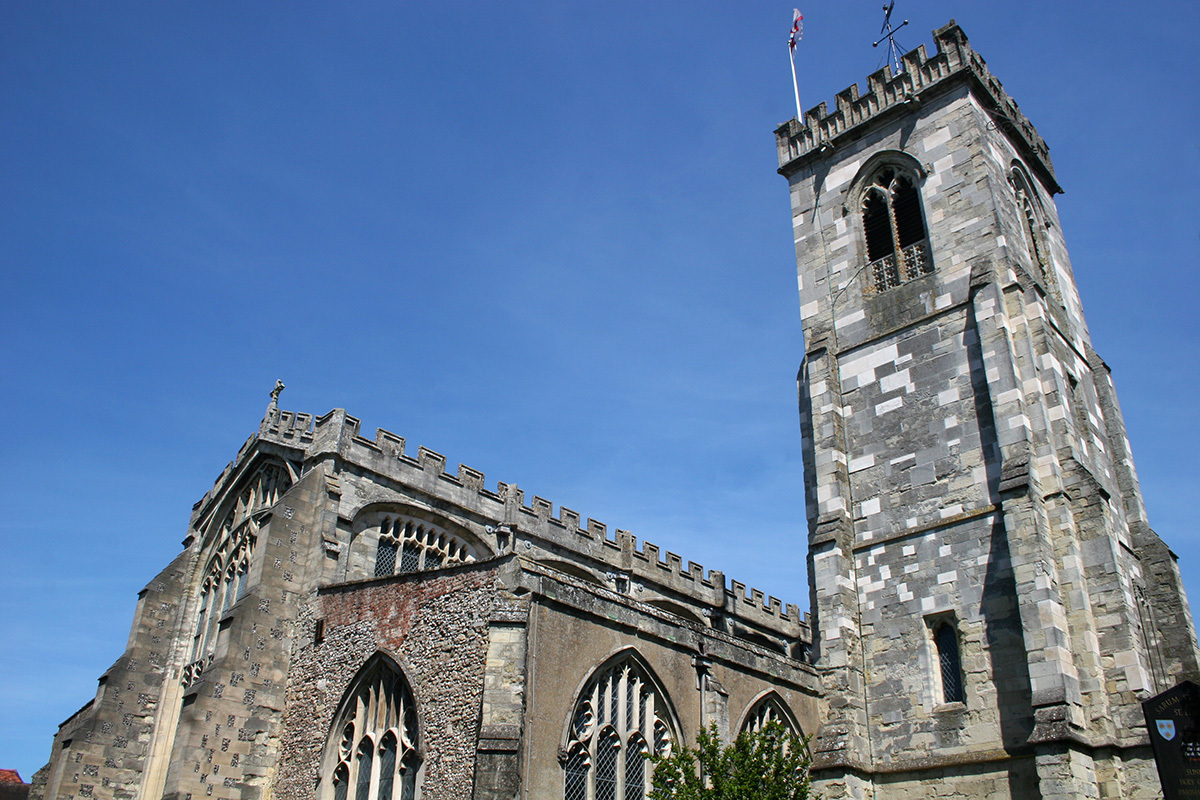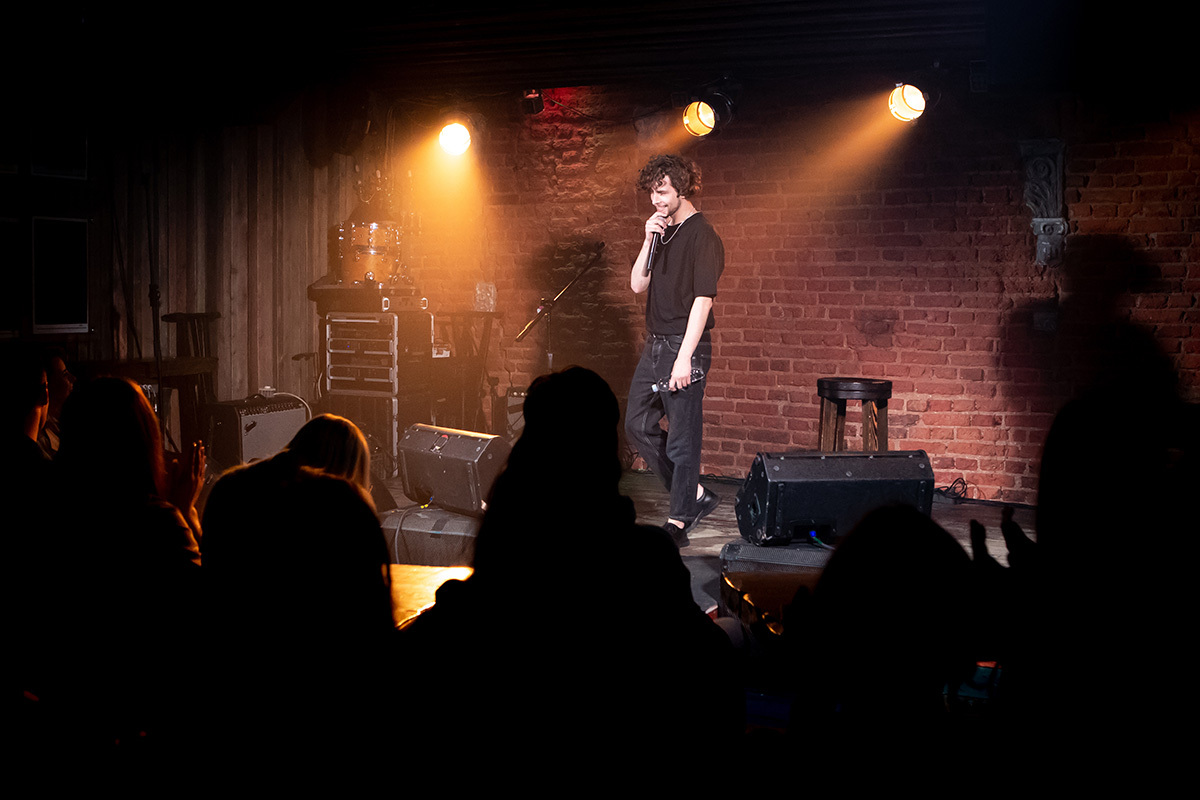
Medication & treatments
Medical treatment
The currently available medical treatments for essential tremor are symptomatic and not curative. This means that the severity of essential tremor can be decreased by medication but that the tremor will not be cured. There is no medication that will permanently remove essential tremor from a person who is affected by it.
Initial treatment
Initially many patients prefer to receive treatment for essential tremor intermittently and not regularly.
The occasional use of alcohol, propranalol, primidone or benzodiazepines (clonazepam) for high stress situations, such as social events or work engagements, is common.
Continuous treatment
There are a number of option available for continuous treatment. People could be prescribed with:
- Propranolol
- Primidone
- Topiramate
- Gabapentin
- Atenolol
- Sotalo
- Clonazepam
- Nadolol
- Diazepam
Botulinum toxin treatment is sometimes considered for head or voice tremors.
Can I drink alcohol?
Alcohol will temporarily improve the tremor in 50% of people. Typically 2 units of alcohol (roughly one pint or one small glass of wine) will suppress essential tremor for about 4 hours. However, there is often a rebound that worsens the tremor the next morning.
Surgery and tremor
Surgical intervention in essential tremor has been used for over 50 years, and is used for those patients who have particularly severe/disabling tremor and do not respond to medication.
About 50% of severely affected essential tremor patients have medication-resistant symptoms or are intolerant to medication, so that brain surgery is an option. In order to alleviate tremor in a patient’s right arm, surgery is performed on the left side of the brain and vice versa for the left arm.
Risks
- The main risks of this type of surgery, when performed in a neurosurgical centre by a specialist functional neurosurgeon, are a 1/1000 risk of death
- 3% risk of a bleed within the skull
- 1% risk of a stroke.
Success of surgery
- Long-term studies have shown that tremor control can be maintained for up to six years after deep brain stimulation.
- The effects of deep brain stimulation on the patient’s thought processes, mood state and quality of life after up to 6 years are mainly positive.
Focused Ultrasound
MRgFUS, or Magnetic Resonance-guided Focused UltraSound, is an incisionless procedure for the treatment of Essential Tremor
MRgFUS, or Magnetic Resonance-guided Focused UltraSound, is a safe, cost effective and incisionless procedure for the treatment of essential tremor. Trials have been shown to deliver similar patient outcomes to Deep Brain Stimulation (DBS), often in an outpatient setting, and NHS England has now determined that this should also be available as an NHS service.
Deep brain stimulation (DBS)
Deep brain stimulation (DBS) provides a surgical option for the treatment of intrusive tremors which have proven to be resistant to optimum medication. The process involves implanting electrodes into the brain, which are programmed to produce high frequency electrical impulses which disrupts the electrical mechanisms underlying the production of abnormal tremors. DBS has been shown to provide significant and sustained relief from abnormal tremor with long term benefits. DBS can improve tremor and quality of life and is a valuable option for many patients
Complementary therapies
Complementary therapies can really help both carers of people with tremor and those who suffer with tremor.
Complementary therapies can be useful, although not a guaranteed that any complementary therapy works and will help you. You should of course consult with relevant professionals before embarking on any therapy.












